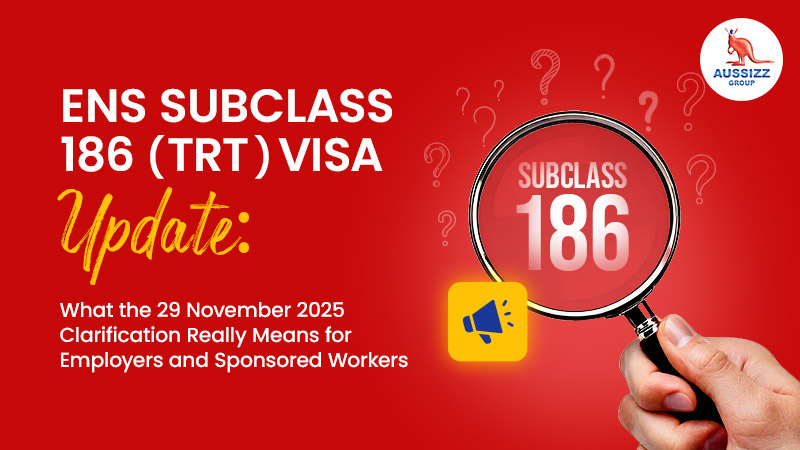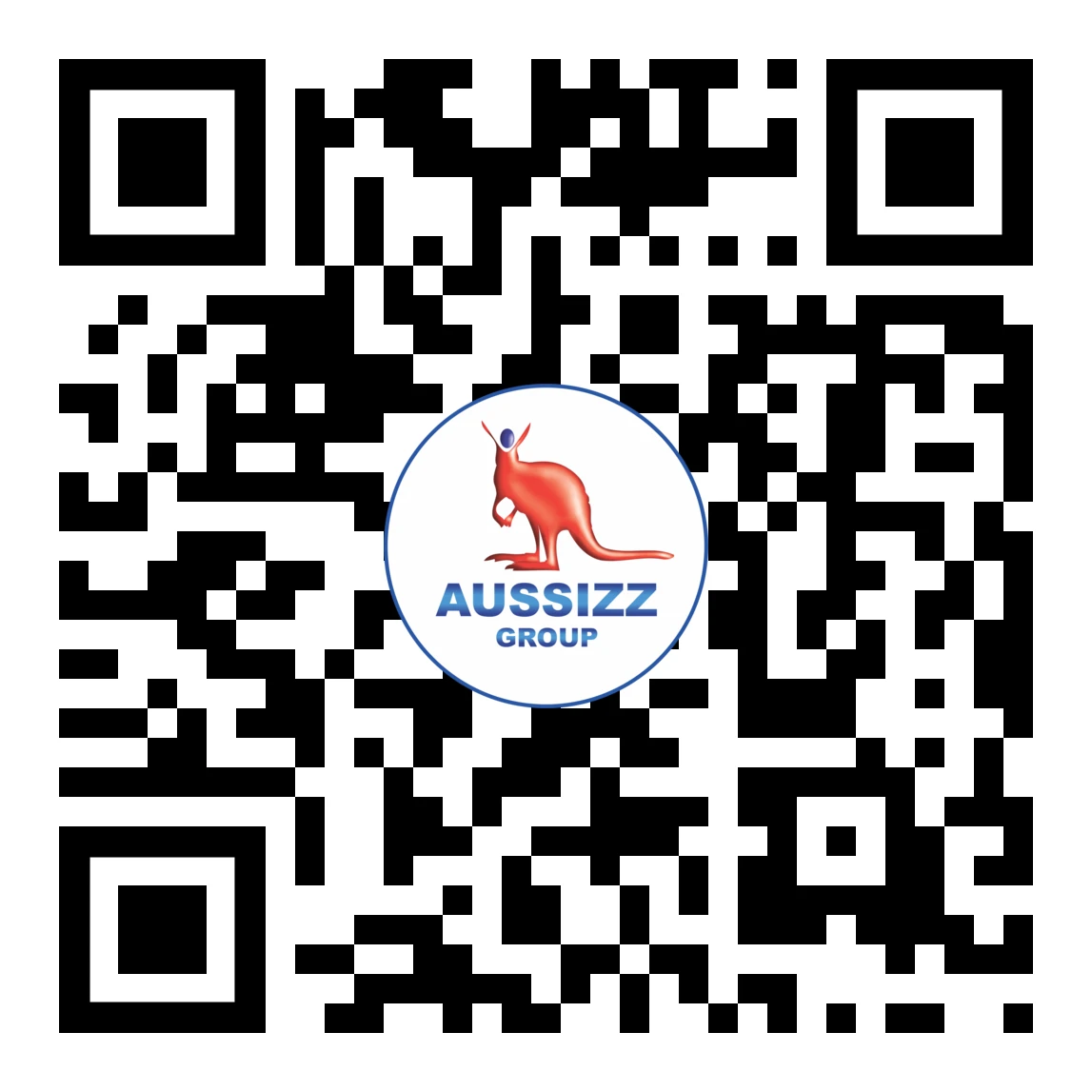CSIT (Earlier known as TSMIT) Australia 2025 Salary Threshold Increase – Impact on Employer Sponsored Visas & What You Must Do
What is the Core Skills Income Threshold (CSIT)?
- CSIT is the minimum annual salary amount that an employer must offer when nominating a foreign worker for certain employer-sponsored visas in Australia.
- It ensures that overseas workers are not paid below the standard salary levels that would apply to Australian workers doing the same job.
- It works in tandem with the Annual Market Salary Rate (AMSR) – whichever is higher applies. So, if the AMSR for your role is higher than CSIT, the employer must pay the AMSR.
- CSIT applies to key visa streams such as subclass 482, subclass 186, subclass 494 (regional) and others where employer nomination and salary obligations are involved.
What’s Changing in 2025: The Salary Threshold Hike?
The New Threshold
- From 1 July 2025, CSIT will increase from AUD $73,150 to AUD $76,515 per annum (excluding superannuation) for nomination applications lodged on or after that date.
- Applications lodged before 1 July 2025 will be assessed under the earlier threshold of AUD $73,150, provided all other conditions are met.
Why the Increase?
Which Visas Are Affected?
- Employer-sponsored visas: Subclass 482 (SID) – Core/Specialist stream, Subclass 186 (ENS) – Direct Entry, Subclass 494 (Employer Sponsored Regional) as examples. The nomination salary must meet at least the new CSIT.
- Regional visas and other streams where CSIT is used as baseline. Note: always check specific visa subclass requirements and state/territory nomination conditions.
How This Affects Applicants & Sponsors: Key Implications?
For Skilled Workers / Applicants
- You must ensure that your job offer/sponsor contract offers salary at or above AUD $76,515 (from 1 July 2025) or the AMSR if higher. If your salary is below that threshold after that date, your nomination may be refused.
- For offers below CSIT, even if all other requirements are met (skills assessment, occupation match, English, etc.), the salary shortfall can lead to refusal.
For Employers / Sponsors
- Employers must review the salary structure for roles they intend to sponsor; many may need to increase salaries to meet the new threshold.
- Employers must also ensure their nomination provides – A) at least the CSIT; B) the AMSR if higher than CSIT; C) full-time employment and compliant terms (excluding bonuses, overtime unless contractually guaranteed).
- Particularly for smaller employers, regional employers or industries with traditionally moderate salaries (e.g., aged-care, hospitality) this increase may squeeze budgets and make sponsorship less viable.
- Some employers may need to consider alternative pathways such as labour agreements or look at roles with higher salary levels to satisfy the threshold.
Strategic Effects
- The increase may reduce the number of lower-salary occupations eligible for employer-sponsored migration, effectively narrowing the gateway to roles with sufficient pay.
- For applicants, it heightens the importance of negotiating a salary offer that meets the new threshold and making sure it is reflected early in the nomination stage.
- Timing becomes critical: applications lodged after the threshold change must meet the new level – so early planning matters.
Steps You Should Take Now if You’re Planning an Employer-Sponsored Visa
Step 1 – Assess Your Job Offer & Salary
Check whether your offered salary is at or above AUD $76,515 (or higher if AMSR requires it). Confirm it is full-time (not part-time equivalent) and reflects actual annual earnings excluding superannuation.
Step 2 – Review the AMSR for Your Occupation & Location
Your salary must also reflect the market for your role in your location (city/region). If the AMSR is higher than CSIT, that higher figure will apply.
Step 3 – Make Sure the Nomination & Contract Are Structured Correctly
Ensure the nomination covers the role with appropriate salary, terms of employment, and that the employer has demonstrated compliance with relevant obligations (labour market testing, sponsorship obligations).
Step 4 – Consult Expert Advice
With the threshold risen and compliance stakes higher, engaging a migration expert or an adviser (such as Aussizz Group with its track record of 180,000+ visa clients) can help you design the nomination strategy, salary benchmark, documentation and timing.
Why Choose Aussizz Group for Your Employer-Sponsored Visa?
- Proven experience: Having supported over 180,000 visa applicants, Aussizz Group brings deep knowledge of employer-sponsored migration, salary compliance and nomination strategy.
- Up-to-date with policy: We stay current with major changes such as the CSIT increase and can tailor advice specific to your occupation, location (Sydney, Melbourne, Brisbane, regional Australia) and employer situation.
- End-to-end support: From assessing your salary and contract, advising employer/sponsor obligations, to preparing the nomination and visa application and ensuring compliance post-grant.
- Client-centric: We help both applicants and employers navigate the complexity so that your application meets all critical thresholds and has the best chance of success.
Conclusion
The CSIT increase to AUD $76,515, effective from 1 July 2025, marks an important shift in Australia’s employer-sponsored visa landscape. For both applicants and employers, salary compliance is now more critical than ever. Whether you’re applying for the 482, 186 or 494 visa stream, making sure your salary offer not only meets the threshold but reflects the actual market rate is essential. With the expertise of Aussizz Group – trusted by over 180,000 visa applicants – you can effectively navigate this change, align your strategy and improve your likelihood of success.
FAQs
Q1. What happens if my salary offer is below the new CSIT after 1 July 2025?
If the offer is below AUD $76,515 and the market salary requirement is not higher, the nomination will likely be refused because meeting the CSIT is a non-negotiable condition for employer-sponsored streams. It’s essential to secure the correct salary level before nomination.
Q2. Does the salary threshold apply to current visa holders or only new nominations?
The increase only applies to nominations lodged on or after 1 July 2025. Existing visas and nominations lodged before that date are assessed under the previous threshold of AUD $73,150. So timing of your nomination makes a significant difference.
Q3. How do I know whether the AMSR for my occupation is higher than the CSIT?
You’ll need to benchmark your role locally – look at recent job ads, salary surveys, employer wage data and enterprise agreements. If the average salary for your role in your region is above AUD $76,515, then the AMSR applies, meaning your employer must pay that higher salary instead of the threshold.
Q4. Will this change affect regional employer-sponsored visas differently?
No separate lower threshold exists for regional visas; the same CSIT applies. However, regional roles often have lower salaries, so you’ll need extra attention to ensure your salary offer and contract meet both CSIT and AMSR in that regional context.
How can Aussizz Group support me with this change in CSIT?
Aussizz Group can: review your job offer salary and compare it with CSIT and AMSR, advise the employer on nomination structure, guide you on timing (pre/post 1 July 2025), assist with sponsorship and nomination documentation, and help plan your longer-term visa pathway beyond the employer-sponsored visa.

 AUS
Australia
AUS
Australia
 IND
India
IND
India
 UAE
UAE
UAE
UAE
 CA
Canada
CA
Canada
 SL
Srilanka
SL
Srilanka











